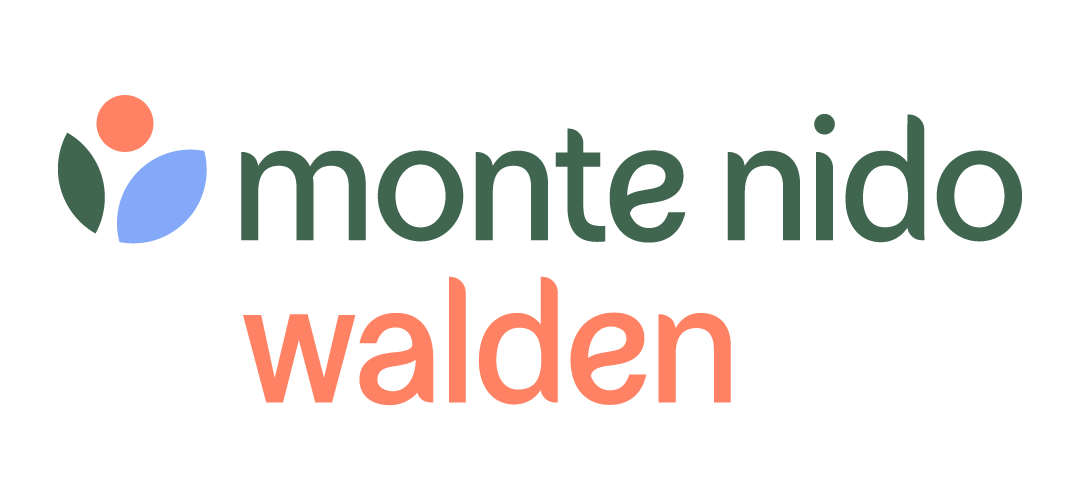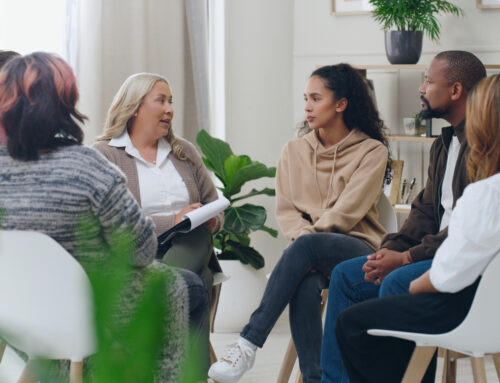Did you know one of the most effective (and common!) therapies with eating disorder treatment can involve the likes of Beethoven, The Beatles and Beyonce?
 Music therapy has been around since the 1800’s and continues to grow across clinical settings. It’s a safe space – and productive way – for someone to express themselves and connect with others. It can promote wellness, manage stress and regulate emotions, in addition to improving self-awareness, self-esteem and mood control. Best of all: music therapy can be conducted in almost any setting, with any type of population. You don’t need to own an instrument, or have a specific music background, to reap the many benefits.
Music therapy has been around since the 1800’s and continues to grow across clinical settings. It’s a safe space – and productive way – for someone to express themselves and connect with others. It can promote wellness, manage stress and regulate emotions, in addition to improving self-awareness, self-esteem and mood control. Best of all: music therapy can be conducted in almost any setting, with any type of population. You don’t need to own an instrument, or have a specific music background, to reap the many benefits.
Here’s a peek into how it’s done within our group therapy settings:
Songwriting
Songwriting gives participants the chance to express themselves on paper. Writers always have a choice of whether or not to share their work. If the opt to share their lyrics, they are also given the opportunity to do so anonymously. Sharing in some fashion is always encouraged, as it provides group members with the chance to hear from their peers in a non-threatening environment. The subsequent discussion often leaves participants feeling supported, understood and connected to others. (Tip: If song-writing doesn’t feel comfortable, setting original poetry to music without words is also a great option)
Lyric Analysis
This is often a group favorite since participants choose their own songs. Typically I pick a theme (empowerment/support/etc.) and ask for a list of songs with enough time to print lyric sheets so that group members can write on/highlight particularly relevant lyrics. Participants share their personal musical style, why they chose the song and why it’s important to them in their recovery. An ensuing discussion allows the group to respond, ask questions or offer support with acknowledging lyrics that pertain to them as well.
Music-assisted relaxation
This can be done with live music or recorded music! The group often goes through a guided imagery or a progressive muscle relaxation intervention. Participants can also make playlists to help support or move through particularly challenging mood states or events (meals/snacks).
Playing Instruments
Sometimes we can’t say how we feel but we can PLAY how we feel using drums, shakers or any type of percussive instrument you might have on hand (pots and pans anyone?). I often use this type of intervention as a check-in – each member expresses their mood and the group plays it back to them. If the person is comfortable, the group is given the chance to interpret what they’ve heard and he or she can elaborate on why they feel that way.
Other methods incorporating instruments involve moving along an emotional continuum (anger, for example), having the group play what it sounds like to be a little bit angry or very angry. This can be done with any emotion and ties nicely into a discussion around emotion regulation with the added auditory cue of what your anger might sound like/feel like to others.
Lastly (although there are plenty of other ways to incorporate instruments), I often use a statement for mood states such as “I feel ______ and I would rather feel _____.” Someone might say, “I feel anxious and I would rather feel calm.” That person plays what anxious sounds like while another group member helps them move from anxious to calm. These interventions again help facilitate self-expression, emotion regulation, connection to others, group cohesion, self-awareness, confidence and relationship building.
Music therapy has so much to offer and should absolutely be incorporated into eating disorder treatment for conditions like anorexia, bulimia, and binge-eating disorder. If you’re a patient, the most important thing is going in with an open mind, trying your best and always remembering you don’t have to be a musician to benefit from music therapy.
If you are a clinician attempting to incorporate elements of music therapy into your work, choose something that you are comfortable with, explain to the group that you are going to give it a try and see how you do! As always, observe how the group is responding. Some groups will love certain interventions and greatly benefit while others might need some tweaking.
To find a Board Certified Music Therapist, contact the American Music Therapy Association.
####
 Laura Roias is director at Walden’s Worcester clinic providing clinical, administrative and fiscal oversight and development for the clinic. Formerly, she was assistant director of Walden’s partial hospitalization and intensive outpatient programs where she obtained extensive experience conducting individual, group and family therapy.
Laura Roias is director at Walden’s Worcester clinic providing clinical, administrative and fiscal oversight and development for the clinic. Formerly, she was assistant director of Walden’s partial hospitalization and intensive outpatient programs where she obtained extensive experience conducting individual, group and family therapy.
Ms. Roias employs a strengths-based perspective and uses a wide range of therapeutic modalities including Cognitive Behavioral Therapy, Dialectical Behavioral Therapy and Interpersonal Therapy. She received her master’s degree from the University of North Carolina.
*This blog post does not necessarily represent the views of Walden Behavioral Care and its management. The Walden Blog is meant to represent a broad variety of opinions relating to eating disorders and their treatment.






